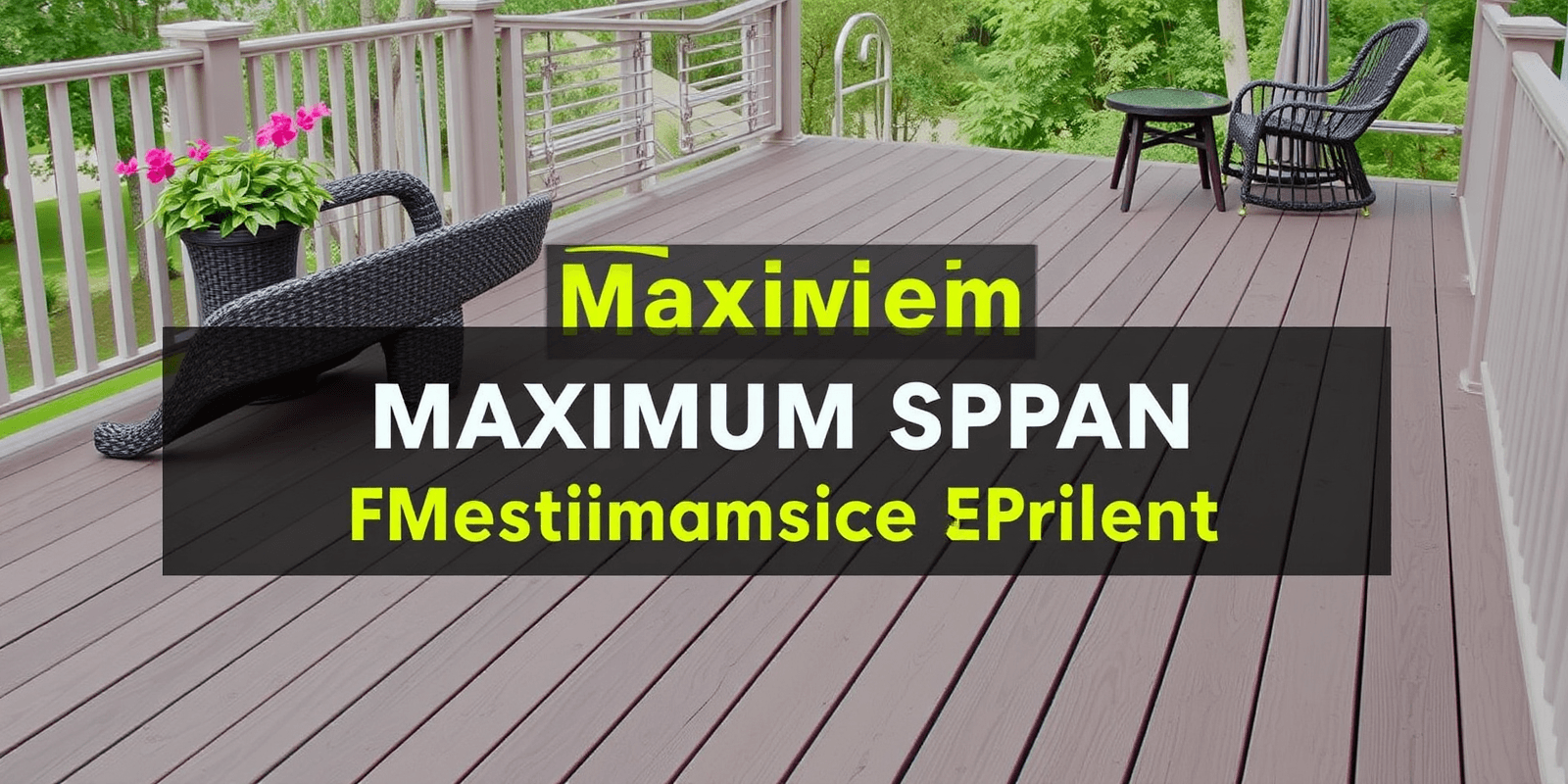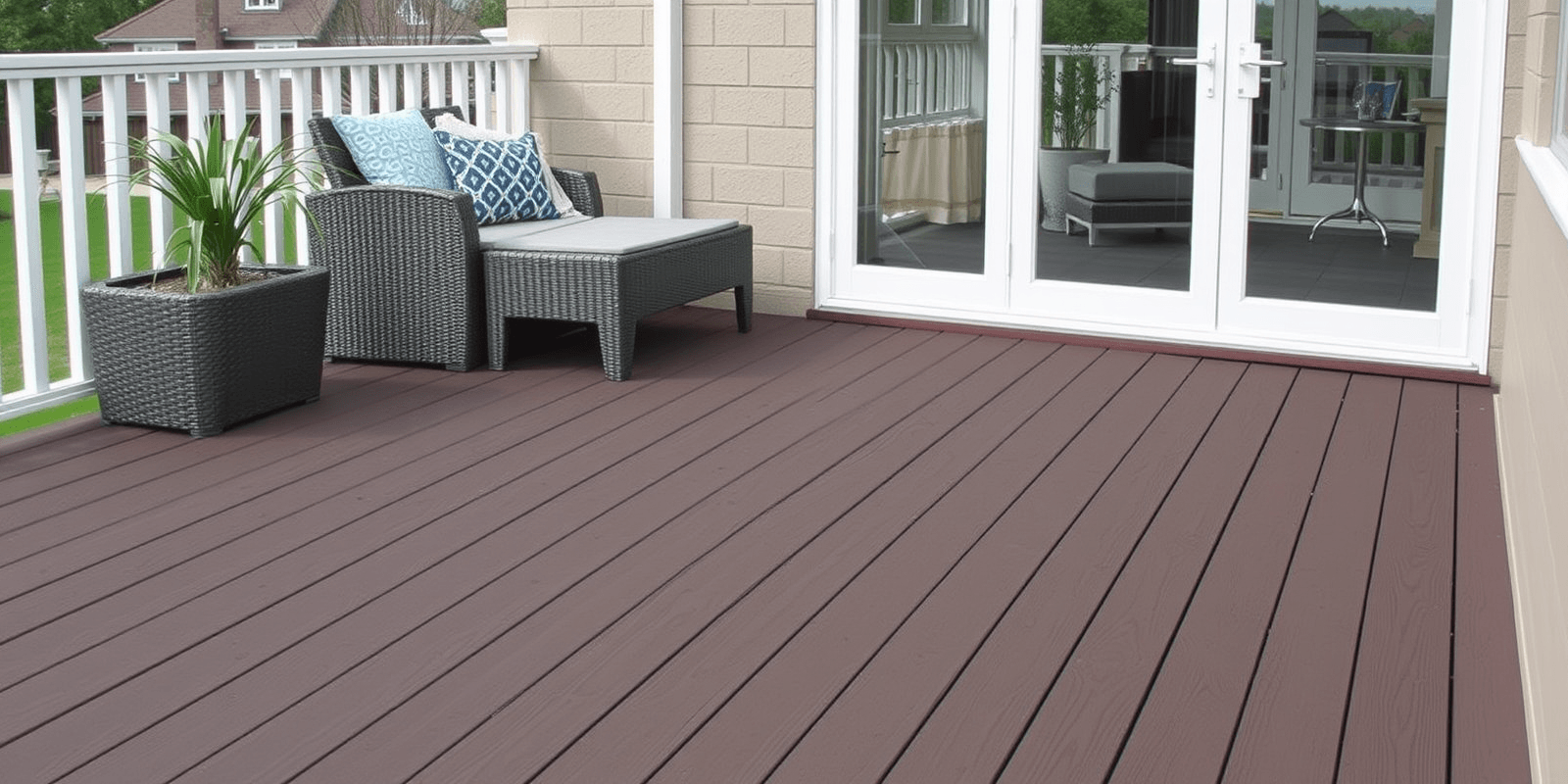“`html
Maximizing Your Deck Space: The Role of Maximum Span in Composite Decking
Composite decking has become increasingly popular due to its durability, low maintenance, and aesthetic appeal. However, when designing a composite deck, it’s essential to consider the maximum span for composite decking to ensure structural integrity and maximize usable space. This article explores how the maximum span influences the design and layout of composite decks and provides tips on optimizing your deck space within these constraints.
Understanding the Maximum Span for Composite Decking
The maximum span for composite decking refers to the longest distance between supports that a deck board can span without bending or sagging under load. This measurement is crucial as it directly impacts the spacing of joists and the overall design of your deck. For instance, most manufacturers recommend a maximum span of around 16 to 24 inches for composite decking boards to maintain stability and longevity.
How Maximum Span Influences Deck Design and Layout
The maximum span dictates the spacing of your deck joists, which in turn affects the overall layout and design of your deck. To adhere to the span limitations, you must carefully plan the placement of your support beams and joists. For example, if your composite decking has a maximum span of 24 inches, you’ll need to place your joists every 24 inches along the length of the deck. This spacing ensures that the deck boards remain flat and sturdy, preventing sagging or bending over time.
Tips for Maximizing Deck Space While Adhering to Span Limitations
Optimize Joist Spacing
To maximize your deck space, start by optimizing the spacing of your joists. As mentioned, placing joists at the recommended maximum span will help you achieve a structurally sound deck. Additionally, consider using longer deck boards to reduce the number of joints and seams, creating a more seamless look.
Incorporate Cantilevers
Cantilevering, where a portion of the deck extends beyond the support beam, can be an effective way to add extra seating or planters. However, it’s crucial to adhere to the manufacturer’s guidelines for cantilever lengths, typically not exceeding one-quarter of the maximum span. This approach allows you to create unique features while maintaining structural integrity.
Utilize Hidden Fasteners
Hidden fasteners are another excellent option for maximizing deck space. Unlike traditional screws or nails, hidden fasteners allow you to install deck boards flush with the surface, creating a clean, uninterrupted appearance. This method also reduces the risk of tripping hazards and enhances the overall aesthetic of your deck.
Consider Multi-Level Designs
If space is limited, consider incorporating multi-level designs into your deck layout. By dividing your deck into smaller sections at varying heights, you can create distinct areas for different activities while maximizing the use of available space. Ensure that each level adheres to the maximum span requirements for safety and stability.
Conclusion
Understanding and adhering to the maximum span for composite decking is essential for designing a functional and aesthetically pleasing outdoor living space. By optimizing joist spacing, incorporating cantilevers, utilizing hidden fasteners, and considering multi-level designs, you can maximize your deck space while ensuring structural integrity. With careful planning and attention to detail, your composite deck will provide years of enjoyment and enhance your home’s value.
References
“`



